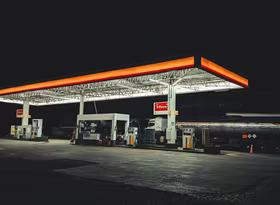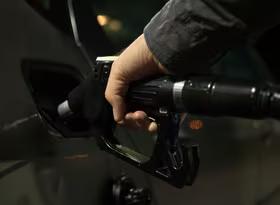Expensive “cash-for-clunkers” scheme will accelerate EV uptake
The government’s Clean Car Upgrade scheme is designed to help lower-income households transition to lower-emissions vehicles. The Upgrade is part of the Emissions Reductions Plan and works in unison with other government policies to drive up prices for used cars and stimulate demand for new electric vehicles.
Scrappage schemes won’t die
In May, the government released its first Emissions Reduction Plan, which uses revenue of $2.2b from the Emissions Trading Scheme to tackle climate issues. The goal of the Plan is to aid in New Zealand’s transmission to a low-emissions economy, and changes to the transport sector will be key to achieve this goal.
The government has existing policies in place to encourage uptake of lower-emissions vehicles, such as the Clean Car Discount, but it recognises that lower-emissions vehicles are not equally accessible for all people in New Zealand. The Clean Car Upgrade aims to bridge this gap.
The Upgrade scheme, which is the most expensive policy in the Plan, is a “cash-for-clunkers” scrappage scheme which will provide subsidies for low-to-middle-income households who “trade in” cars more than eight years old for new EVs. Scrappage scheme trials originally occurred in 2007 and 2009, after which the government concluded that the benefits would not outweigh the costs on a national scale. Rumours of the return of a scrappage scheme were pervasive from late 2019 and were confirmed in May.
Car age and EV registrations both growing
Demand for EVs is already growing, partly under the influence of government policy, with registrations of EVs up 109%pa in May. Schemes like the Clean Car Discount make EVs more attractive for buyers, and exemptions from road user charges make running a new EV more cost-effective as well. The Discount has been expanded to include plug-in hybrid electric vehicles (PHEVs), driving registrations in this category up by 353%pa in May.
Although policies encouraging the transition to lower-emissions vehicles have increased demand for EVs and PHEVs, they are yet to really affect the average age of New Zealand’s car fleet. Lowering the average vehicle age is likely to help reduce emissions, as newer cars tend to be more fuel-efficient.
In fact, despite significant incentives introduced by the government in the last 12 months, the average age of vehicles has steadily increased. The most recent data shows that the average age of New Zealand’s light fleet in the September 2021 quarter reached a new high of 14.6 years.
Consequently, 73% of cars are “old” under the Upgrade scheme. As the graph below illustrates, the most vehicle years in New Zealand are between 2004 and 2008, with 30% of the fleet aged between 14 and 18 years old. This bulge in vehicle numbers of this age reflects a mix of import regulations as well as the volume of new car purchases during the strong economic performance of the mid-2000s, in both New Zealand and Japan.
Anticipating the impact of the Upgrade
The Upgrade scheme will accelerate the rate of EV adoption in New Zealand. EV registrations have been a strong growth area since mid-2021 when the Clean Car Discount was introduced, and market-participants should anticipate even higher levels of demand once the Upgrade scheme gets underway.
PHEVs were belatedly included in the Clean Car Discount, but after being excluded from the Upgrade scheme, it is clear they are not intended to be major players in the low-emissions economy. Although demand for PHEVs is unlikely to soften significantly as a result of their exclusion from the Upgrade scheme, the incentives to purchase hybrids will be weaker than for EVs, meaning that demand for, and registrations of, EVs are likely to outstrip hybrids.
Inflation at the lower end of the car market is a likely by-product of the Upgrade scheme, as used car values are likely to edge up towards the value of the scheme’s subsidy. Households looking to sell “clunkers”, but who perhaps are not able to afford a new EV even with the scheme’s assistance, will nevertheless be unlikely to sell their vehicles for prices far below the value of the Upgrade scheme subsidy.
Evidence gathered from scrappage schemes overseas, such as in the US, suggests that the schemes do not change purchasing behaviour, but merely bring forward purchasing decisions that would already have been made. The Upgrade scheme is the single most expensive policy in the Emissions Reduction Plan, at $569m, comprising 26% of the Plan’s expenditure. Any reduction in carbon emissions is likely to be minimal compared to the funds spent, particularly since the scheme’s likely effect is only to provide an incentive for households to trade their vehicle for a newer, lower-emissions model sooner rather than later. Although this earlier change might directly reduce related carbon emissions, the commensurate reduction in the carbon price will effectively enable other polluters to increase their emissions with less financial cost – ultimately offsetting any emissions savings achieved by the scheme.
















